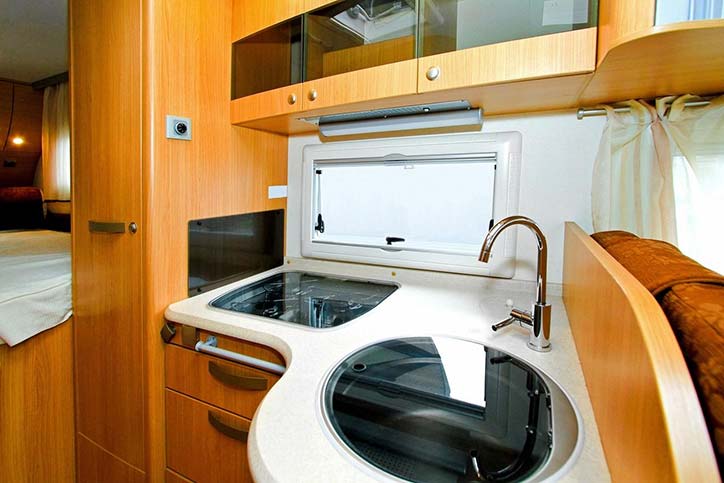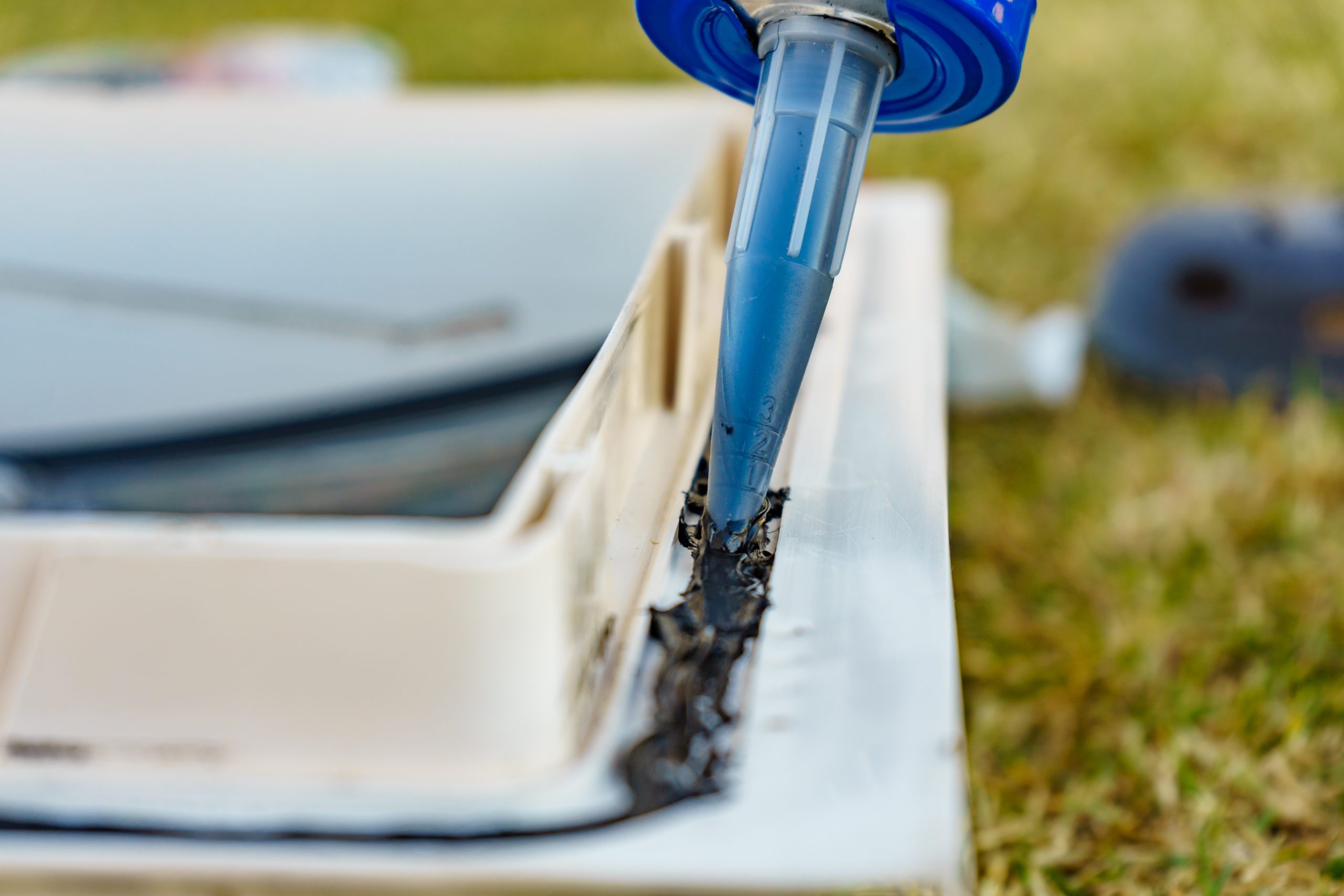
Canadian Tariff Update
To all of our valued customers: We hope this message finds you well. We want to take a moment to
Get your order today! Same-Day Pick Up or Delivery available. Learn more

One of the main advantages to camping in an RV instead of a tent is the convenience of having a plumbing system. That is, when it’s all functioning properly and not leaking. This convenience can also turn a camping trip bad in a hurry when something goes wrong. With this beginner’s guide to RV plumbing parts, you’ll have a basic handle on how your RV’s plumbing system works and the handiest parts to keep on hand for emergency repairs.
In order to understand what RV plumbing parts are important, you first have to know how your system works. Designed to conserve as much water possible, the following components make up your plumbing, in order of water flow:
It’s a good idea to familiarize yourself with each of these components and their locations on your RV before you head out on your first trip.
While it’s impossible to determine exactly what RV plumbing parts you will need in the event of a leak or a malfunction, there are some common items you should keep on hand. Before stocking up, refer to your user manual so you buy the right ones:
Keeping these hoses and fittings on hand will help you get through most plumbing disasters. For more help with RV Plumbing parts, visit or contact Edmonton RV Service

To all of our valued customers: We hope this message finds you well. We want to take a moment to

As an RV owner, taking care of your roof is one of the most important maintenance tasks you’ll undertake. A
You have selected Local Pickup at our store in Edmonton. Would you like to continue with this option?